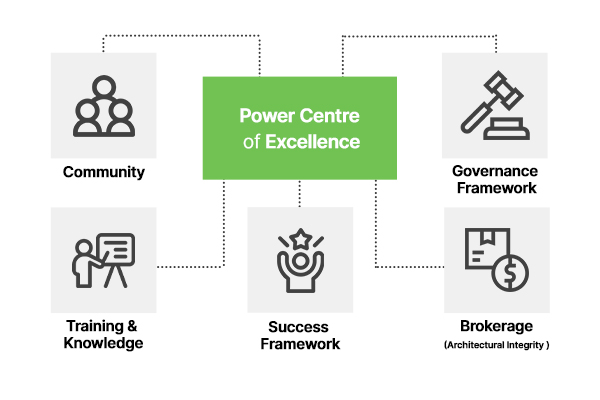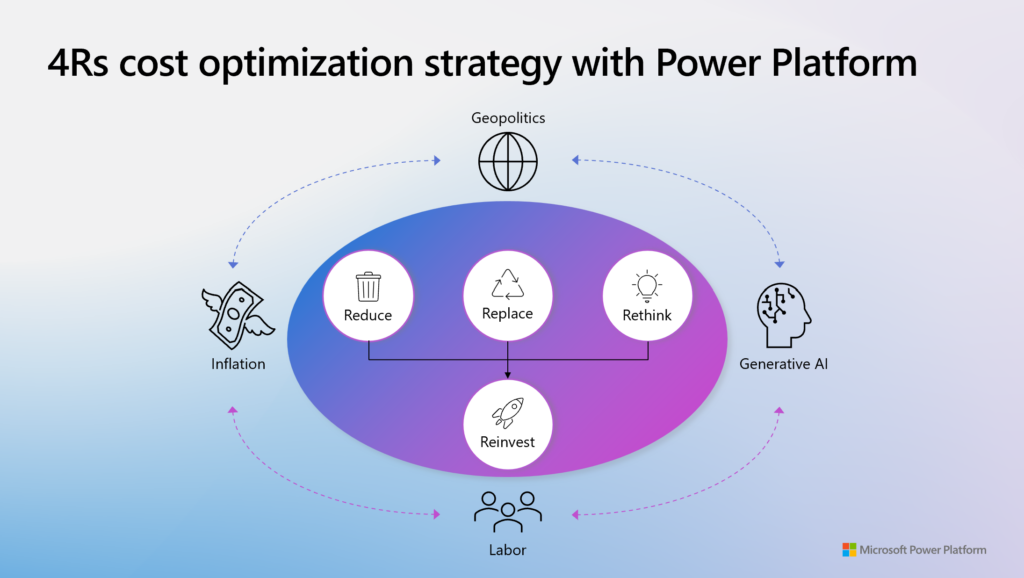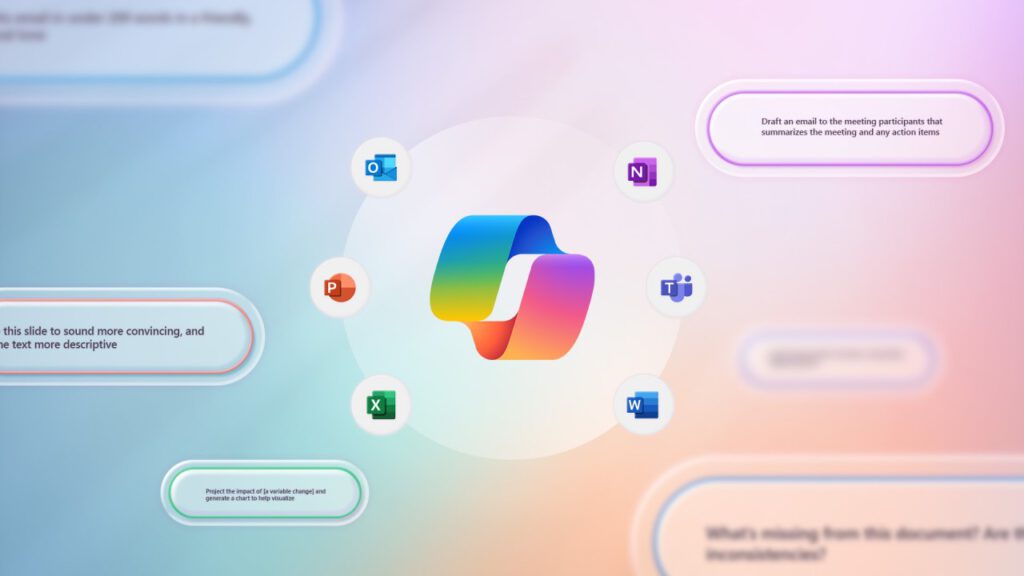Why Microsofts CoE Starter Kit is GENIUS
Many industrial companies lack an overarching strategy for process automation in order to integrate the various solutions. A Center of Excellence (CoEs) allows companies to drive this topic forward holistically and efficiently. With current challenges such as rising inflation, labor shortages, supply chain disruptions and changing consumer behavior, CEOs and other executives are challenged to find innovative solutions to stay competitive. According to a 2022 Gartner survey, growth, technology-related issues and competent talent acquisition were the top priorities for CEOs in 2022. This is unlikely to have changed in 2024 – in fact, the opposite. One of the most effective ways to address these challenges is through “innovative human capital management”. Today, dynamic and innovative leaders know that access to expertise is more important than ever. They constantly need to adopt an agile and strategic approach to talent management and skills resourcing. An effective approach to achieving this is to establish a Center of Excellence (CoE). A CoE opens up new opportunities to optimize processes and increase productivity, particularly in the area of automation. Microsoft has recognized this need and offers an extremely ingenious solution for organizations using the Power Platform with its CoE Starter Kit. In this article, we’ll take a closer look at why Microsoft’s CoE Starter Kit is an outstanding resource and how takes organization’s automation strategy to the next level. Why have a Center of Excellence (CoE) at all? A Center of Excellence (CoE) in an organization drives innovation and improvement. It brings like-minded people with similar business goals together to share knowledge and success while providing standards, consistency and governance to the organization. Anyone who has already set up a CoE knows how much work is involved: In addition to the tools to be used, coding guidelines, policies, ALM, environments and much more need to be thought through and then implemented in the company. Microsoft is here to help with the Power Platform CoE Starter Kit, which includes a variety of components and tools. These are designed to facilitate the development of a strategy for the introduction and support of the Microsoft Power Platform. The focus is on Power Apps, Power Automate and Power Virtual Agents. You can find a brief overview of the tools here. With a CoE to the optimal enterprise automation strategy Efficient automation necessitates management support and cross-functional collaboration. Many companies already deploy various automation types and departments, such as robotic process automation (RPA) CoEs utilizing tools like UiPath or Automation Anywhere. Wait a minute… does that make sense? PowerAutomate AND other RPA tools? In short: yes, absolutely. Because the advantages offered by RPA tools are countless. The right tool always depends on the process in question. Regardless of which type of automation you choose, it offers a multitude of advantages. What’s more, the two tools can even interact with each other and thus combine the advantages of both platforms. It is important that the automation team works with the Microsoft 365 or Power Platform Center of Excellence team to enable the Automation Center of Excellence. These teams can then provide user support, governance and best practices. Lifecycle management for automation projects with the Automation Kit The automation lifecycle describes the various steps required to design, create and execute an RPA process. The Automation Kit integrated by Microsoft paves the way for the Power Platform CoE strategy by pre-defining roles and responsibilities to support the journey from ideation and project definition to production automation. Here is a summary of the relevant roles: CVP or area manager – Defines the automation goals Process owner: Creates the automation projects in the system, defines process volume/frequency, characteristics of the current throughput of the running process and the expected ROI Reviewer/Approver: Reviews the idea to approve that it should be implemented and is justifiable from an effort, maintenance and compliance perspective Automation CoE: Sets up a solution and assigns it to a specific environment Process owner: Develops the solution and forwards it to user acceptance testing (UAT) and production. Assigns the deployed solution to the automation project for measurement. Measurement enables reports on the overall status and how often the actions are executed. Measures the automation against the SLA and expected ROI and automation goals of the organization. Conclusion Microsoft’s CoE Starter Kit is genius. It facilitates organizations in initiating the construction of a Center of Excellence (CoE). Additionally, it addresses the specific requirements of the Power Platform. It offers a comprehensive collection of components and tools that facilitate the implementation process and promote best practices. By clearly defining roles and responsibilities, the kit supports the entire automation lifecycle and helps to maximize the efficiency and effectiveness of the automation strategy. The CoE Starter Kit is one of the building blocks that make it clear why the platform can lead to high business value in companies. Overall, Microsoft’s CoE Starter Kit is an extremely valuable resource for organizations looking to advance their automation efforts.
Why Microsofts CoE Starter Kit is GENIUS Read More »






